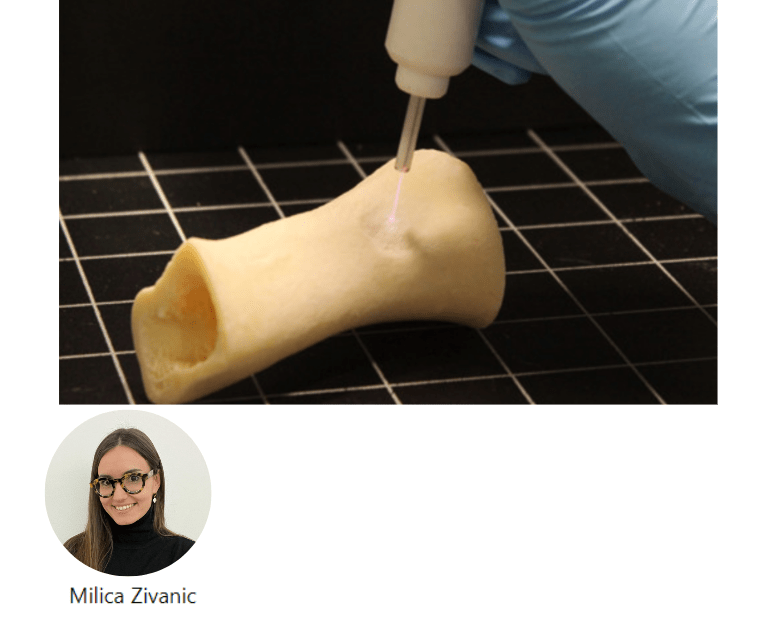We are seeking a highly motivated and creative postdoctoral researcher to work in the field of plasma medicine. The primary objective of the research is to investigate the molecular mechanisms involved in the stimulatory effect of cold plasma on tissue regeneration processes, as well as the mechanisms behind the lethal and selective action of cold plasmas on cancer cells. The ultimate goal of this project is to gain a fundamental understanding of the effects of atmospheric pressure plasma-treated hydrogels on redox biology and the molecular mechanisms involved in tissue regeneration and cancer cell death.
La Càtedra Galimplant de la Universitat Politècnica de Catalunya - BarcelonaTech (UPC), constituïda el mes d'abril, té com a objectiu desenvolupar nous biomaterials per a la regeneració òssia, així com la seva caracterització i anàlisi en diferents situacions. La Càtedra també inclou activitats d’assessorament en processos d’innovació i millora, així com d’incentivació de la cooperació educativa i la divulgació.
El Grupo de Biomateriales, Biomecánica e Ingeniería de tejidos de la Universitat Politècnica de Catalunya, integrado CREB, requiere incorporar un/-a técnico de transferencia de tecnología en el campo de los biomateriales, con la finalidad de facilitar y promover la actividad de valorización y transferencia de tecnología, dentro del “Programa Investigo” de contratación de personas jóvenes demandantes de trabajo en la realización de iniciativas de investigación e innovación, en el marco del Plan de Recuperación, Transformación y Resiliencia, financiado por la Unión Europea-Next Generation EU.
Plasma is often found in the universe (stars) where high temperatures and pressures are very common. However, scientists have found a way to generate weakly ionized plasma at near-room temperature and atmospheric pressure. Such plasma is called cold atmospheric plasma and is safe to be applied directly to the cells and tissues. In the last decades, cold plasma has found numerous medically relevant uses, from wound healing and disinfection to cancer treatment. Despite its promise, plasma is facing different clinical limitations.
Currently, there are two plasma treatment modalities: direct treatment and plasma-treated liquids. In direct treatment, the treatment target is directly exposed to a source of plasma, which is not very convenient for the treatment of internal tumors as it would require surgery. On the other hand, plasma-treated liquids can be injected to treat internal tumors in a non-invasive manner. However, liquids may be quickly diluted and washed away by the body liquids.
Hydrogels may allow to combine plasma technology with tissue-engineering or drug delivery to broaden and improve clinical utility of plasma technology in the future.
He/she will be the person responsible for promoting XarTEC SALUT as a whole, formulating proposals and providing support for the management and development of projects that favor technological valorisation and its social and economic impact.
Under the direct supervision of the direction, he/she will be responsible for revitalizing the network, generating synergies, implementing the agreed activities, and will be responsible for valuing, detecting opportunities and executing the strategy.






